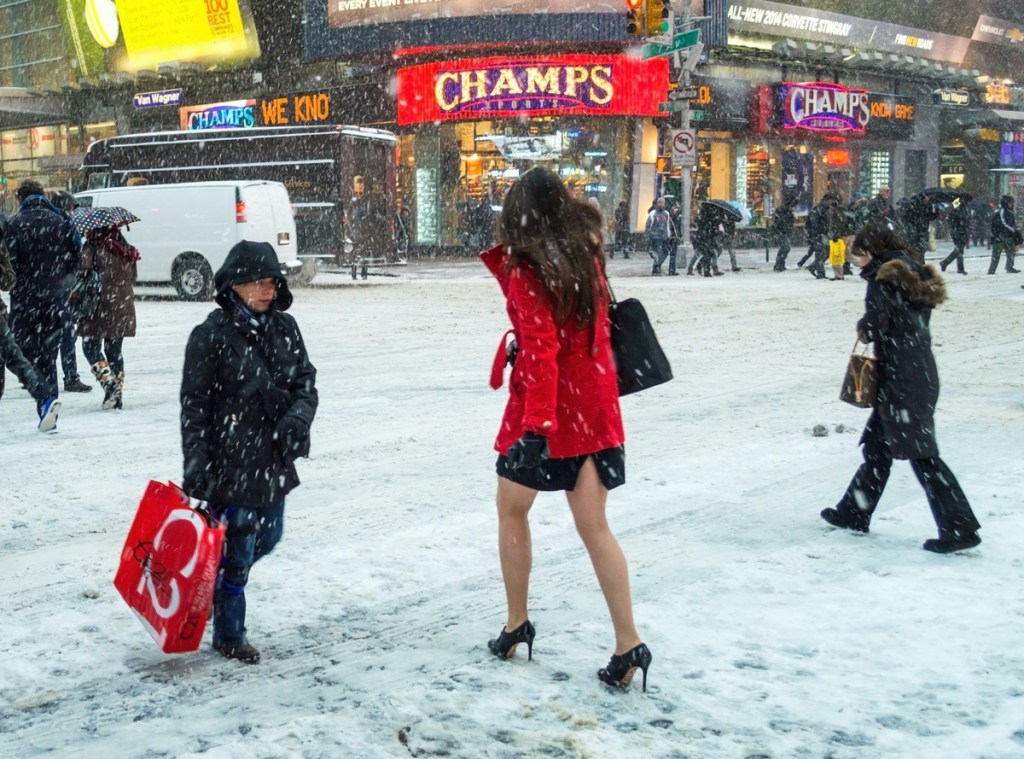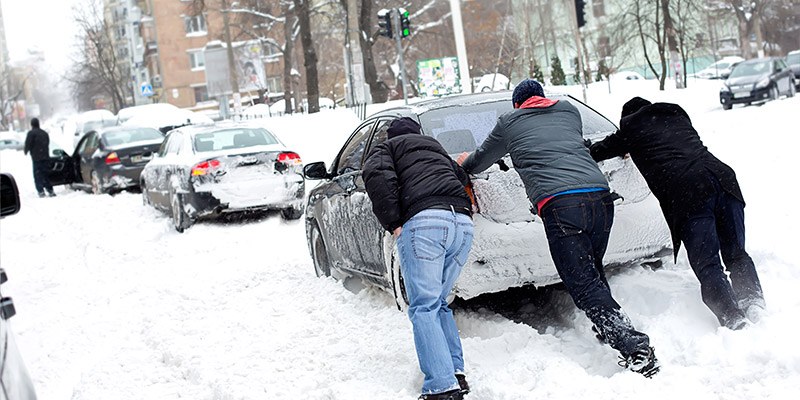If you are a snow enthusiast, your time has come, the ski and snowboard season is starting! Have you checked your equipment? Do you have everything you need? Today we leave you with a list of 10 essential things to remember to go to the snow with peace of mind.
With the holidays just around the corner, and if you’re really crazy about skiing, you will have already booked the best ski resorts, the best ski passes and solved some of the doubts that arise the first few times.
The most astute snow enthusiasts, or those who have been enjoying skiing and snowboarding for years, have already learned their lesson. If you are one of those who are new to this sport, you should know what to take in your suitcase, how to choose your ski equipment or what to take into account to get to your ski resort. Don’t miss our list of the 10 things you can’t forget when going to the snow.
1 A ski pass for every skier
Before paying for a ski pass, analyze what you need. The ski pass is nothing more than your pass to access the ski slopes and use the ski lifts.
The price difference between ski passes is based on the ski resort you choose, its skiable kilometers, the slope difference, the quality of its ski lifts, the days you go skiing, the age of the skier and the services you wish to have included on the slopes.
Are you an expert skier or is this your first time down a slope? How many meters of piste do you need? More advanced skiers are looking for an average of 4,000 meters of downhill per day. If it is the first time you take your boots or your board, you will probably only need, in addition to a good instructor, wide, easily accessible, uncrowded places with little slope.
2 Clothing, just the right amount
If you’ve been preparing your getaway for a few months, you may have been quick and booked the best sales on snow clothing, which are always launched at the end of summer. If not, do not worry, today there are stores that have democratized the sport and work with low prices and very good quality. In addition, there are technical garments that will serve you for skiing and snowboarding and for other sports.
Experts recommend going skiing with a layering system, that is to say, in onion mode ;). You should wear three layers of clothing (four in extreme conditions), always breathable, light and not too thick.
Forget cotton, it retains too much water and sweat and takes too long to dry. Look for synthetic fabrics, they will help you move comfortably in the snow and not get tired. Your garments must fulfill two functions: keep your body warm and expel moisture.
The first layer, the one closest to the body, will help you warm up. Tights and thermal and seamless T-shirts will be great for you.
Choose a waterproof second layer. You will need it to avoid getting wet every time you brush against the snow.
The third layer should be insulating and windproof. It’s best to look for jackets and clothing that you can easily take off in case you get hot on the slopes.
3 Heat, don’t let it escape!
Did you know that a lot of body heat is lost through the head and feet? On cold days it is highly recommended to wear a hat. The wool ones with tassels are very funny and look great in the selfie, but on a rainy day they can get warm very quickly.
If you have a budget, or you have to buy a technical hat, choose one that is breathable, waterproof, quick-drying and windproof. On a normal day you will be gaining up to 30% of warmth, on a stormy or blizzardy day you will be eternally grateful.
When skiing or snowboarding, your hands will be crying out for good gloves. It would be best if they have the same characteristics as the hat. Tip: adjust them well to the fleece or jacket, do not leave skin unprotected.
4 Feet, what do I want you for?
Make sure your feet are dry, if you are good at going down the slopes they will be the most punished. Choose technical, breathable and quick-drying socks.
There are some with great reinforcements to take care of the most sensitive areas, such as the heel and under the toes. When you’re about to put on your boots, stretch them well! A wrinkle at 10:00 is a guaranteed blister at 20:00.
5 Boots
They are the key to enjoying your snow getaway. Your ski or snowboard boots, along with your board, will be your best investment. If you want to make the right choice, choose them with a hardness level between 70 and 100. If they are for a child, between 30 and 60 will be fine.
But I’m sure what you’re thinking about is size. Look for the same size as your sneakers. Experts always insist that boots should fit snugly and that you should never buy them too big or too tight. If your foot moves around inside the boot, you can injure yourself.
The trick: stretch the sock, adjust the boot well, tighten the hooks well and check that you can’t bend your toes or lift your heel. If you can do either or both, that boot is too big for you. The flexibility they give you to bend your knees will also be important.
Ski masters say that the feeling, when you try on your ski boots, is not exactly one of comfort, so take it easy and ask the store for everything you need.
If you’re not sure you want to spend that much money on your own snow gear, you can rent your boots, skis or snowboard at the resort. Most resorts have equipment rental services.
6 Helmets, another point in your favor
Nowadays, helmets are no longer just for elite athletes. In addition to the bumps you can give yourself, imagine a collision with a person who, like you, is just starting to pick up skis and a board. A hit at a certain speed can be very serious.
When you go to get your helmet, make sure it fits snugly on your head. In the snow, as on the road, an unsecured helmet is useless. If you go with the kids, you may be required to wear a helmet at a ski resort.
7 Sunglasses and sunscreen, two “must-haves” in your suitcase
If in summer you protect yourself to avoid sunburn or sunstroke, in the snow you will also have to do the same. The reflection of sunlight can be much worse than on the beach. Choose good snow goggles with dark lenses, so as not to damage your eyesight and to protect your eyes from the blizzard.
I know, at first it may seem that conventional sunglasses are perfect for going to the snow, but I think that in a fall they can break and cause serious injuries. If you have no other choice, use plastic ones.
Sunscreen and lipstick are a must in your suitcase. The skin on your face and lips will also need protection and hydration.
8 Travel
Low cost is no longer a fashion, it is a necessity. If you have personally organized your trip to the snow, booked the hotel, bought the flights or train tickets and bought the ski passes for your friends or family, you will save a significant amount of money in agency procedures and formalities. But do you really know where you are cutting back? Sometimes traveling is like a house of cards.
Now you may ask yourself “what can happen?” When you arrive at the train station or airport, you may find your trip delayed, miss a connection, lose your luggage, have your belongings stolen, or even come down with a last-minute flu and be unable to get out of bed.
9 The car
If you are one of those who prefer to have everything calculated and controlled, and you are going to take the car to go skiing, as always we recommend two things: leave the rush at home and think about safety.
Check that your documents and car insurance are in order. To drive with peace of mind, check your car inside and out.
Tires in perfect condition and good chains are essential. Steering, lights, windshield wipers and heating will also have to be ready.
Check the weather forecasts. Rain, snow and frost are not the best companions on the road. Visibility is low, and the danger of aquaplaning or an emergency stop in the snow is high. If the storm is important, we recommend you to leave the getaway by car for another week and look for other means to reach your favorite slopes.
10 Enjoy the snow with all the guarantees
As we told you at the beginning, the ski pass is not a panacea. Regular skiers know that mishaps are a fact of life.
Among the surprises you may have when you go on vacation to the snow are: an illness, an accident on the slopes, needing medical assistance at the resort or being admitted to a hospital for an injury, the damage you may cause to third parties or having to file a claim for the purchase of a product or service…
And also losing the ski pass for the days you can’t ski or snowboard. The solution: a complete snow sports insurance.
Have you got everything ready?


